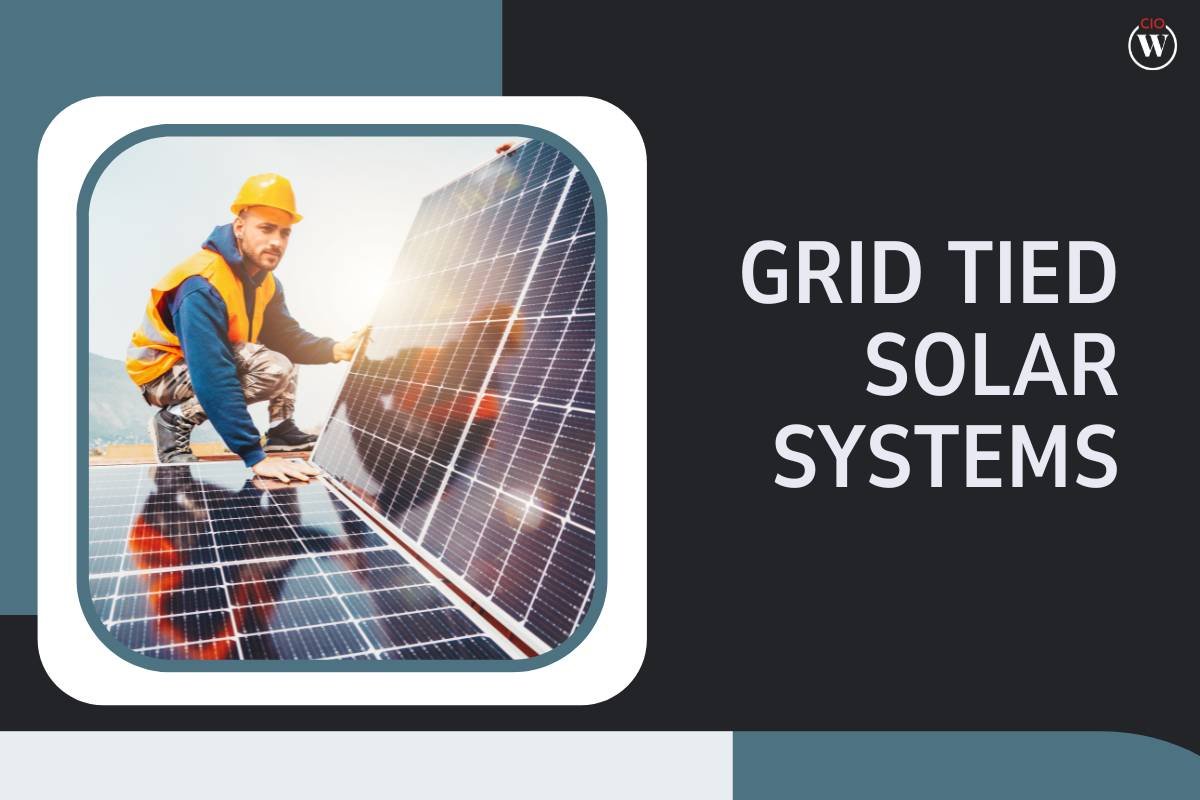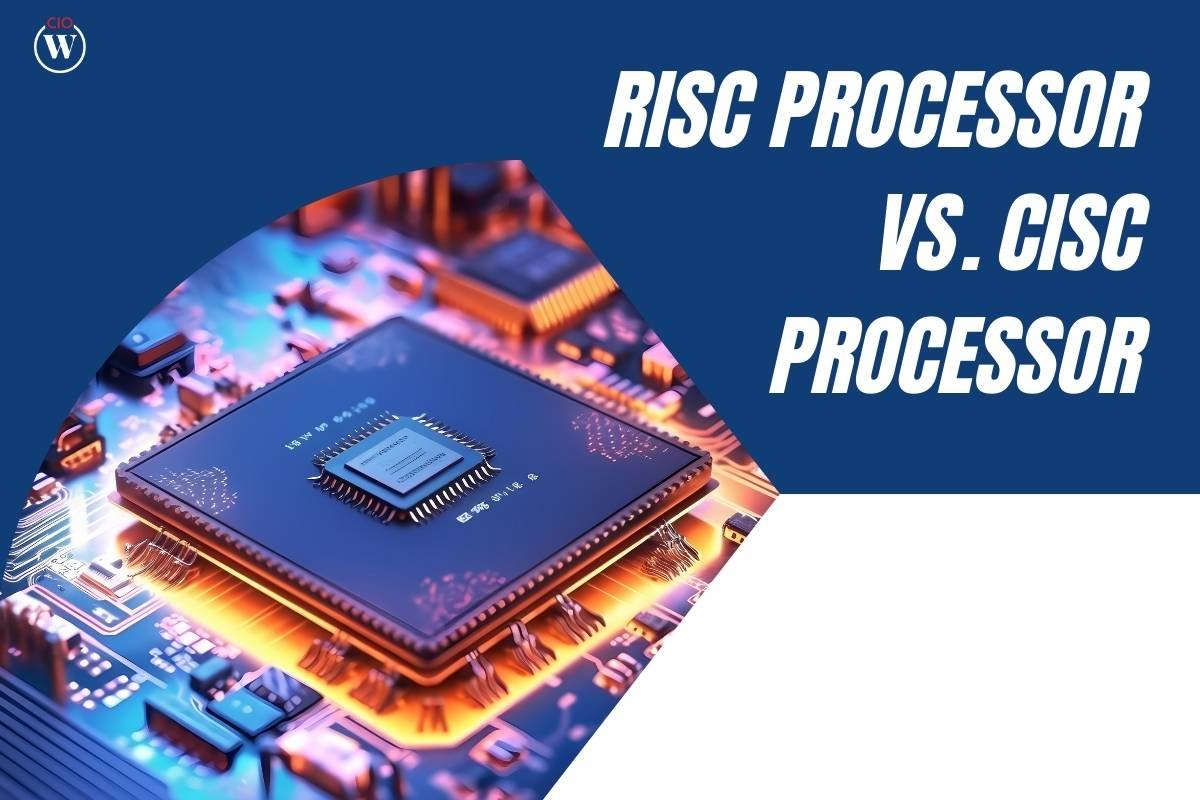Table of Contents
As the world increasingly embraces renewable energy sources, solar power has emerged as a leading contender for sustainable energy solutions. Among the various types of solar systems available, grid-tied solar systems stand out as a popular and efficient choice for many homeowners and businesses. This comprehensive guide delves into everything you need to know about grid-tied solar systems, from their benefits and components to installation and maintenance.
What are Grid-Tied Solar Systems?
Grid-tied solar systems, also known as on-grid solar systems, are designed to work in conjunction with the public electricity grid. These systems generate electricity using solar panels and feed any excess energy back into the grid, allowing for seamless energy management. Unlike off-grid systems, grid-tied systems do not require battery storage, making them more cost-effective and easier to maintain.
How Grid-Tied Solar Systems Work
The operation of grid-tied solar systems involves several key components:
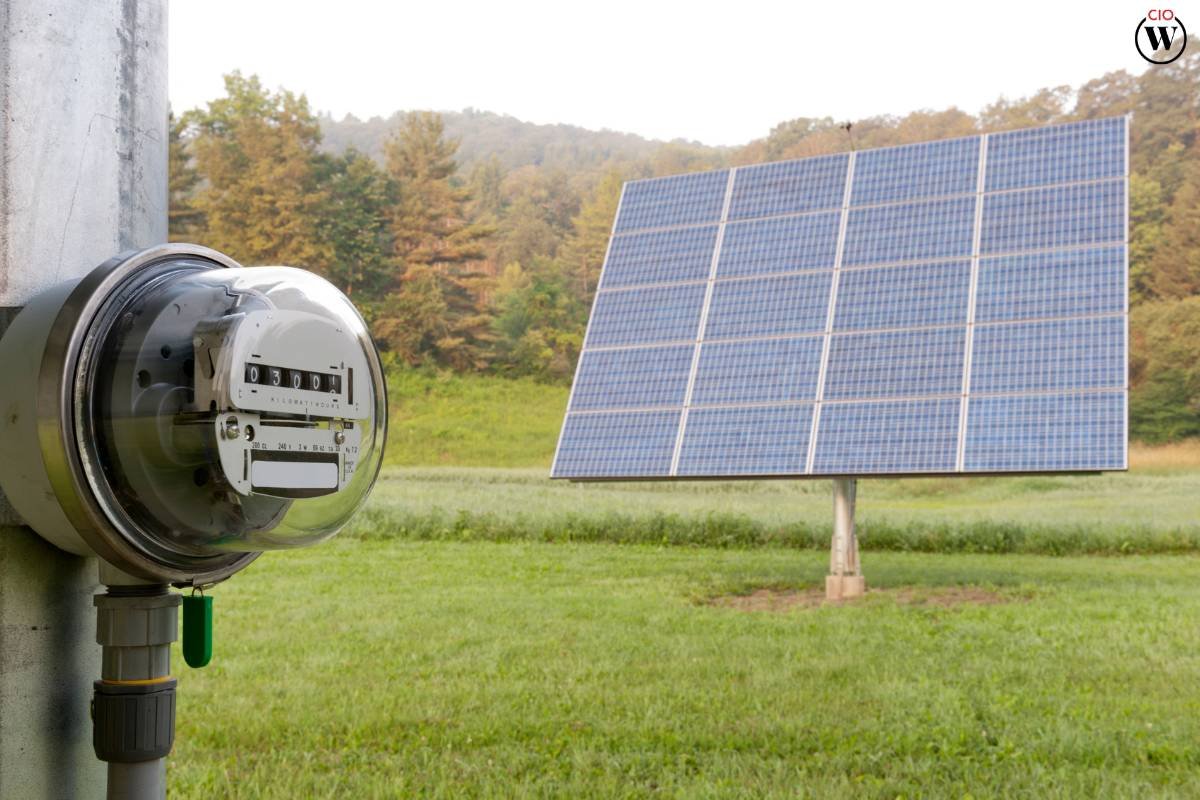
- Solar Panels: These panels, typically installed on rooftops, capture sunlight and convert it into direct current (DC) electricity.
- Inverter: The inverter transforms the DC electricity generated by the solar panels into alternating current (AC) electricity, which is the standard used by most household appliances and the public grid.
- Net Meter: A net meter tracks the amount of electricity produced by the solar panels and the amount consumed from the grid. When the panels produce more electricity than needed, the excess is fed back into the grid, and the homeowner may receive credits from the utility company.
- Utility Grid: The grid acts as a virtual battery, absorbing excess solar power during peak production times and supplying power when solar energy production is insufficient, such as at night or during cloudy weather.
Benefits of Grid-Tied Solar Systems
1. Cost Savings
One of the most significant advantages of grid-tied solar systems is the potential for cost savings. By generating your own electricity, you can significantly reduce or even eliminate your monthly electricity bills. Additionally, many utility companies offer net metering programs, allowing you to earn credits for the excess electricity you feed into the grid, further enhancing your savings.
2. Environmental Impact
Grid-tied solar systems contribute to a reduction in greenhouse gas emissions and dependence on fossil fuels. By harnessing the power of the sun, you can reduce your carbon footprint and contribute to a cleaner, more sustainable environment.
3. Increased Property Value
Homes equipped with grid-tied solar systems often see an increase in property value. Prospective buyers recognize the long-term financial benefits and energy independence that come with solar power, making solar-equipped homes more attractive in the real estate market.
4. Reliability and Maintenance
Compared to off-grid systems, grid-tied solar systems are more reliable due to their connection to the public grid. This connection ensures a continuous power supply even when solar production is low. Additionally, grid-tied systems generally require less maintenance since they do not rely on battery storage, which can be a significant source of upkeep and replacement costs.
Key Considerations Before Installing a Grid-Tied Solar System
1. Energy Consumption
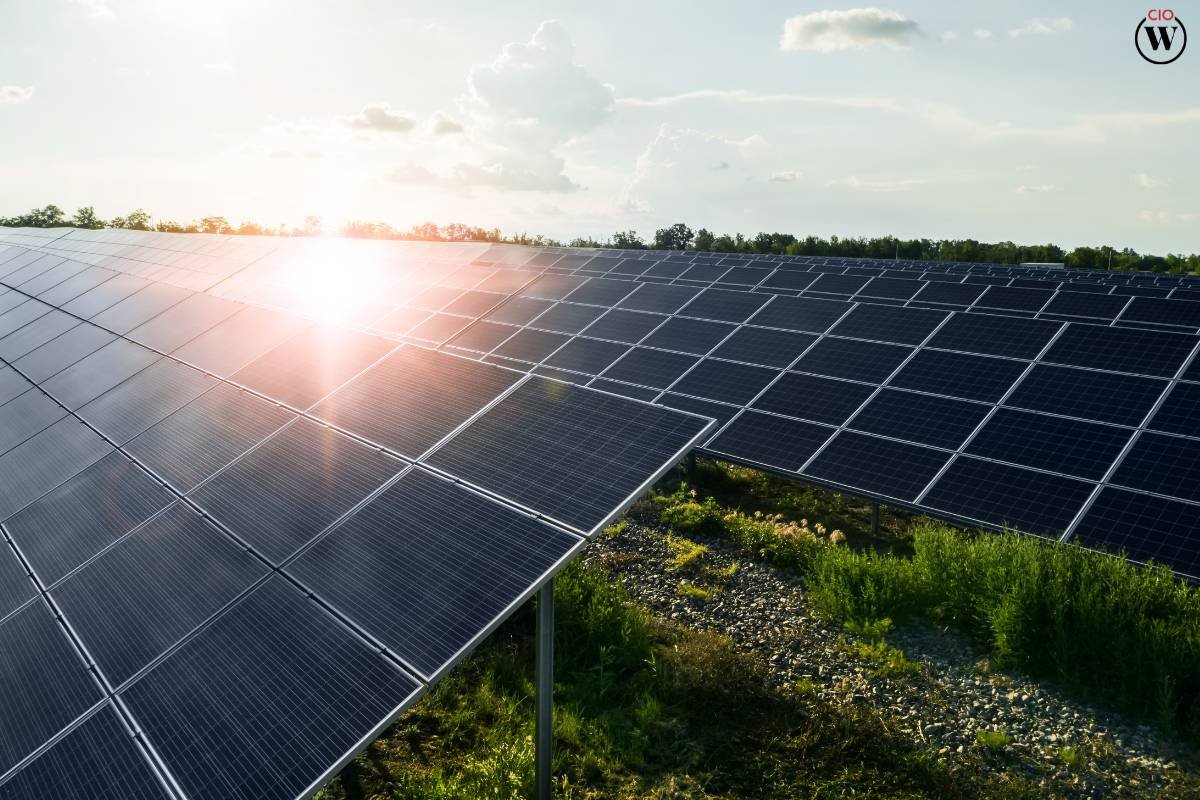
Before installing a grid-tied solar system, it’s crucial to assess your household’s energy consumption. Understanding your energy needs will help you determine the size and capacity of the solar system required to meet your goals.
2. Roof Condition and Orientation
The condition and orientation of your roof play a vital role in the efficiency of your solar panels. Ideally, your roof should be in good condition, with a lifespan that matches or exceeds that of the solar panels. Additionally, south-facing roofs with minimal shading are optimal for maximum solar energy production.
3. Local Regulations and Incentives
Familiarize yourself with local regulations and incentives related to solar installations. Many regions offer tax credits, rebates, and other incentives to encourage the adoption of solar energy. Understanding these benefits can significantly offset the initial investment cost of your grid-tied solar system.
4. Financial Considerations
While grid-tied solar systems can lead to substantial savings over time, the initial installation cost can be significant. It’s essential to explore various financing options, such as solar loans, leases, and power purchase agreements (PPAs), to find the best fit for your financial situation.
The Installation Process of Grid-Tied Solar Systems
Site Assessment and Design
The first step in installing a grid-tied solar system is a site assessment. A professional solar installer will evaluate your roof’s suitability, considering factors like orientation, shading, and available space. Based on this assessment, they will design a custom solar system tailored to your energy needs and site conditions.
Permitting and Approvals
Once the design is finalized, the next step involves obtaining the necessary permits and approvals from local authorities and utility companies. This process ensures that your installation complies with local building codes and regulations.
Installation
The installation process involves mounting the solar panels on your roof, installing the inverter, and connecting the system to your home’s electrical panel. This phase typically takes a few days to a week, depending on the system’s size and complexity.
Inspection and Grid Connection
After installation, the system undergoes a thorough inspection by local authorities and the utility company to ensure it meets safety and performance standards. Once approved, your grid-tied solar system is connected to the public grid, and you can start generating and using solar power.
Maintenance and Monitoring of Grid-Tied Solar Systems
Routine Maintenance
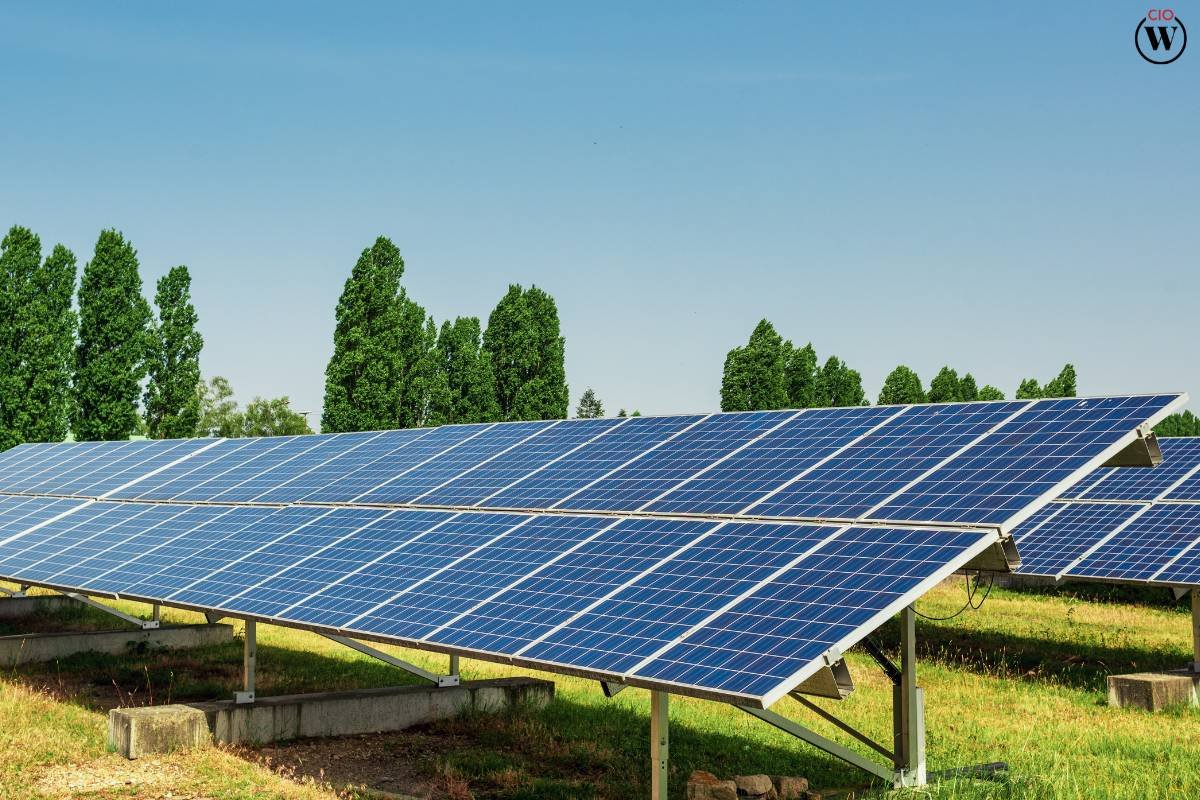
Grid-tied solar systems are relatively low-maintenance. Regularly cleaning the solar panels to remove dust and debris ensures optimal performance. Additionally, periodic inspections by a professional installer can help identify and address any potential issues before they escalate.
Monitoring System Performance
Many grid-tied solar systems come with monitoring software that allows you to track your system’s performance in real-time. This feature provides valuable insights into energy production and consumption, helping you optimize your energy use and detect any anomalies that may indicate a need for maintenance.
Easiest Grid-Tied Solar On The Market! Plug-N-Play
Common Myths About Grid-Tied Solar Systems
Myth 1: Solar Panels Don’t Work in Cloudy Weather
While solar panels are most efficient in direct sunlight, they can still generate electricity on cloudy days. Modern solar panels are designed to capture a broad spectrum of light, allowing them to produce energy even in less-than-ideal weather conditions.
Myth 2: Grid-Tied Systems are Too Expensive
The initial cost of installing a grid-tied solar system can be high, but the long-term savings on electricity bills and the availability of incentives and financing options make them a financially viable investment for many homeowners.
Myth 3: Maintenance is Complicated and Costly
Grid-tied solar systems require minimal maintenance compared to off-grid systems. Regular cleaning and occasional professional inspections are usually sufficient to keep the system running efficiently.
Myth 4: Solar Panels Will Damage My Roof
When installed correctly by a professional, solar panels can actually protect your roof by shielding it from the elements. Proper installation ensures no damage to the roof structure, and any penetrations made during installation are thoroughly sealed.
Conclusion
Grid-tied solar systems offer an efficient, cost-effective, and environmentally friendly way to harness solar energy. By understanding the benefits, installation process, and maintenance requirements, homeowners can make informed decisions and enjoy the numerous advantages of going solar. As the demand for renewable energy continues to grow, grid-tied solar systems will undoubtedly play a crucial role in the transition to a more sustainable future.
Whether you’re motivated by the potential for cost savings, the desire to reduce your carbon footprint, or the goal of increasing your property value, grid-tied solar systems provide a compelling solution. By investing in this technology, you’re not only enhancing your own energy independence but also contributing to a greener planet for future generations.

